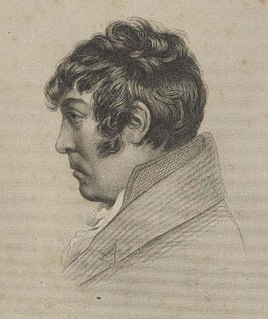Цитата Элизабет Блэкберн
Цель состоит в том, чтобы узнать больше о длине теломер и других маркерах старения, как лучше всего измерять эти маркеры, как они связаны со здоровьем и образом жизни, и как люди реагируют на изучение своих собственных результатов длины теломер.
Связанные цитаты
Я люблю, когда кто-то не хочет иметь со мной ничего общего. Я думаю, так намного привлекательнее. Вы должны чувствовать себя непринужденно и не слишком заботиться о том, насколько идеально вы выглядите и о том, не слишком ли длина вашего рукава соответствует определенной длине или подшита определенным образом.
Медицина добилась успеха, леча болезни очень специфическим способом после того, как был нанесен ущерб. Но длина теломер объединяет множество факторов и дает вам общую картину риска того, что в настоящее время проявляется как множество заболеваний, которые, как правило, возникают вместе, таких как диабет и болезни сердца.
Меня всегда поражало, как тяжело людям видеть, сколько жестокости они творят не только над животными, но и над собой, и над своими близкими, и над другими людьми, сколько мы портим планету, сколько вредим своим здоровье, как трудно все это изменить, как люди стремятся нажиться за чужой счет — все это обескураживает.































